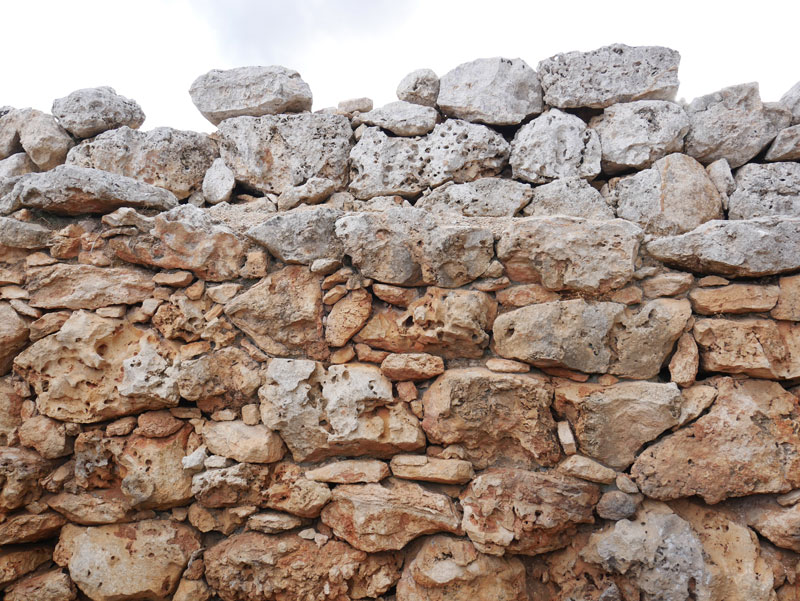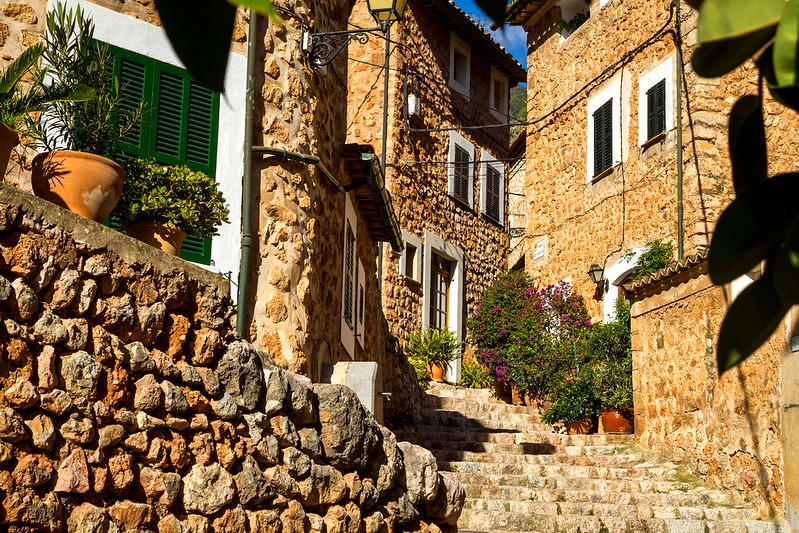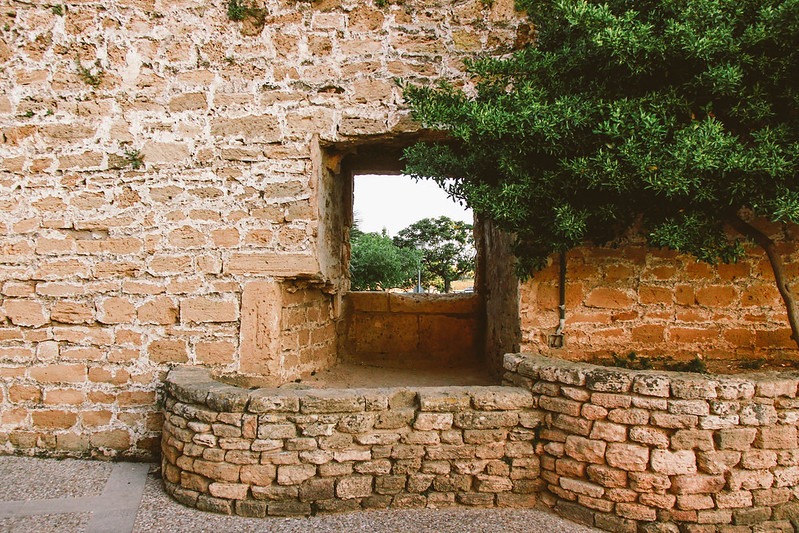17km north of Palma we have the Mussa Valley, from when the Arabs dominated this farmhouse full of cultivation terraces. The village of Santa Catalina Thomás and where George Sand and her lover Chopin stayed for a winter, Valldemossa is a beautiful village with little streets that go up and down, viewpoints, flowers, restaurants and cake shops. Chestnut trees, palm trees and centenary pines twist and turn and give freshness and shade to this orchard.

Talayot Capocorb Vell
We approach the Capocorb Vell talayot, one of the most important and best-preserved talayotic settlements in Mallorca from the Iron Age.



